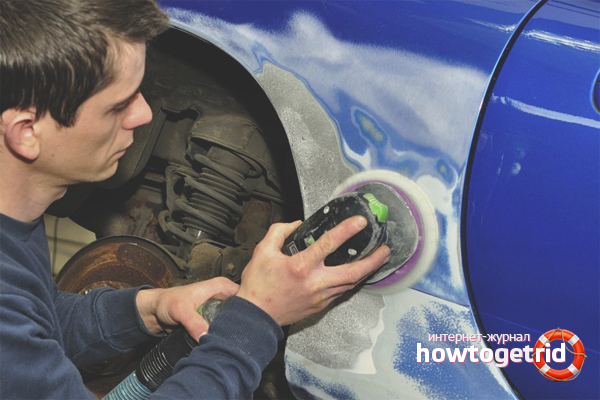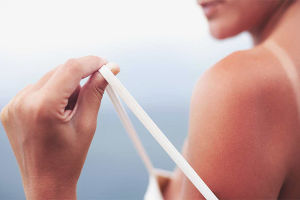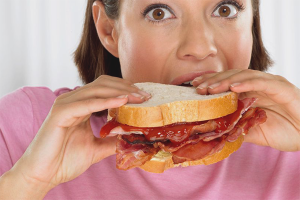The content of the article
The bodies of most modern cars are made of metal. And although the composition of the metal for these structures and the methods of their protection are different, they are all subject to corrosion. Emerging rust not only spoils the appearance of the machine, but also leads to damage to individual elements of the body.
Causes of car corrosion
Over time, rust appears on all metal products, except for high alloy ones. The bodies are made of cheaper metal sheets with fewer alloying additives. The main protection for them is a special treatment in the form of galvanization, as well as the application of primers and coatings. But even such measures do not protect the metal of the body structure from corrosion.
The driver of the car should have a good idea of when rust appears.
- The main reason is poor-quality primary surface treatment of metal sheets. Many cars of reputable global automobile brands have bodies with a guarantee of corrosion of at least five years. In practice, with proper operation, these terms are significantly higher than those stated in the warranty. In the nineties, at the Russian UAZ and VAZ plants, in conditions of a shortage of cars, manufacturers began to produce equipment whose bodies were made of the cheapest steel and paint was applied to the metal without preliminary primer. Such a violation of the technology led to the fact that within a few months the first “mushrooms” appeared, and after six months all the thresholds were covered with a thick layer of rust. At the same time, owners of old Volga cars that were produced in the fifties are surprised to find that their bodies are not subject to corrosion. The reason is simple - the metal of the body of this car was covered with a thick layer of tin.
- On Russian roads, the coating of a car of any manufacturer is subjected to serious tests and damage. This is due to the poor condition of the roadway. Small stones flying from under the wheels, sand and dirt damage the paint, and over time bring it to partial destruction and exposure of the metal.
- Additional tuning of the machine, outside the factory conditions, also causes damage to the condition of the body. To install various roof rails and moldings, a body is drilled, which damages its protective layer. In these places, foci of corrosion begin to appear.
- One of the reasons for the appearance of rust on the car is not only homemade, but also factory linings on the outside of the body. During operation, dirt and water get between these pads and the surface of the machine. Over time, corrosion damage may occur there.
- For Russia, one of the reasons for the appearance of such damage is the constant change in weather conditions. Especially cars suffer in the winter. And, strangely enough, cars that are stored in warm boxes suffer. Due to the sharp temperature difference, microcracks appear on the paintwork and, if it is not periodically updated, these microcracks increase, allowing the appearance of rye.
Types of Corrosion Damage
Over the years of vehicle operation, the most corroded body parts have been installed.
- The bottom of the car.
- Wings and rapids.
- Wheel arches.
- Doors, especially at the edges, where there are rubbing places.
- The floor is under the seats and especially under the feet of the driver and front passenger.
- Areas in contact with different overlays.
- In the engine compartment, where moisture can collect.
- In the trunk, at the location of the spare tire.
For the purpose of prevention and timely detection of incipient corrosion, these places should be periodically carefully inspected. An indifferent attitude to this problem can be expensive for the car owner, up to replacing the car body.
Rust on body metal can manifest itself in different ways. Specialists have a classification of corrosion damage.
- Pitting corrosion. In the "people" this type of damage is called "mushrooms". It appears as a small point. The metal is consumed by rust into the depths, followed by the growth of the outbreak.
- Rust is spotted. In this case, the lesion spreads along the surface without penetrating deeper. In the neglected state, the spots eat through the metal.
- Cosmetic corrosion. Superficial damage, most often formed at the contact points of metal parts of the body with extraneous overlays or lights. In the initial stages of the lesion, it is eliminated easily. In the running state it goes into sub-film.
- Film corrosion damage is formed under the paintwork. May cause bloating. In the worst case, its development occurs imperceptibly and affects the metal through and through.
- Corrosion is the last stage of such damage. Such a body section is not “treated” and must be replaced.
Methods and methods for removing rust
With minor damage and timely detection of developing corrosion, the best way is to treat the damaged areas with a rust converter. The most reliable chemicals of this type are obtained on the basis of phosphoric acid.
The damaged area must be washed and dried. Then a rust transducer layer is applied. You can apply it with a brush or swab. The thus treated area is left for at least 30 minutes.
Then the surface must be washed with water and wiped with a dry cloth. Rust is guaranteed to be removed, and exposed metal needs to be primed and painted. In hard-to-reach places, you can treat the purified metal with an anti-corrosion spray.
In case of more serious damage to the body, mechanical treatment of the areas damaged by rust is used. This processing is done in several ways.
- Manual grinding. Before processing with grinding materials, the area must be cleaned with a metal brush. Then the rust is removed with sandpaper. Initially, medium or coarse sandpaper is used. Then, fine-grained materials are stripped.
- Grinding using special aggregates. In this case, you can use a drill, grinder or grinder. The procedure for processing a damaged surface is the same as for manual processing.
- At the service station, sandblasting machines are used to remove serious rust. The advantage of this method is the high quality of metal processing without significantly reducing the thickness of the sheet.
After mechanical treatment, it is required to wash the surface, dry it well and, after applying the primer, paint. As an intermediate measure, you can treat the cleaned surface with an anti-corrosion agent.
Car corrosion prevention
In order to prevent serious damage to the body from corrosion, preventive measures are required.
- At least once a month, you need to inspect the most vulnerable places in this regard on the car body.
- Once every three months, body polishing is required. This measure allows you to deal with microcracks.
- In enclosed storage areas of machines, good ventilation and, if possible, low humidity should be ensured.
- After washing the car, as well as putting the car in the garage after driving on wet roads, it is necessary to wipe all available places and blow hard-to-reach areas of the body with compressed air in order to remove moisture.
Corrosion of the metal is a serious damage to any car.All metal bodies are subject to it. Therefore, the driver must timely monitor the slightest manifestations of this damage and immediately take measures to eliminate it. In this case, the time and money spent on eliminating the defect will be minimal, and the car will serve the owner for many years.
Video: how to remove rust from a car body











Submit